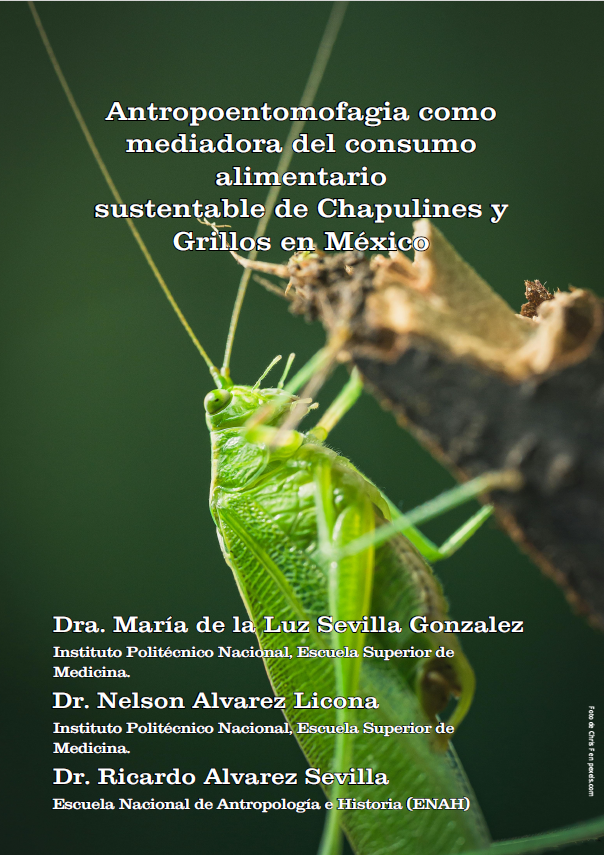Antropoentomofagia como mediadora del consumo alimentario sustentable de Chapulines y Grillos en México
Abstract
Anthropoentomophagy, or insect consumption by humans, has been a common practice around the world since ancient times in communities on three continents: Latin America, Asia, and Africa. In the face of global population growth, high poverty rates, food shortages and high costs, coupled with pollution phenomena generated by the livestock and poultry industries, insect consumption is presented as an alternative food, with high nutritional content, low production costs, almost no environmental impact, and that meets the requirement of food safety. Objectives: a) The main objective is to analyze whether entomophagy is a food alternative. b) To identify the socio-cultural aspects involved in the consumption of crickets and grasshoppers. c) To comparatively establish the impact generated by livestock and poultry production compared to the artisanal or industrial production of crickets, achetus, or grasshoppers. d) Analyze the nutritional properties of grasshoppers and their consumption. Results: a) It is important to implement sanitary regulations regarding food safety; b) Food handling, processing, and distribution must be monitored by well-established standards; d) The risk of consuming grasshoppers that live outdoors may be contaminated by pesticides that harm humans. Entomophagy is a viable and sustainable alternative in Mexico, but first it is necessary to spread the hygienic way of its reproduction, feeding and marketing, also to break down the cultural barriers that can be an obstacle related to uses and customs in Mexico.
Downloads
References
Castellanos-Vargas, I., Z. Cano-Santana, R. Mariño-Pérez, P. Fontana y F.M. Buzzetti. 2022. Ortópteros: chapulines, langostas, grillos y esperanzas. En: La biodiversidad en Oaxaca. Estudio de Estado. Vol.1, México, pp. 31-38.
Graciano da Silva José. 2012 Discurso del Director General de la FAO, José Graziano da Silva, en nombre de las Organizaciones basadas en Roma, con motivo de la Cumbre de Líderes del G-20
https://www.fao.org/fileadmin/user_upload/newsroom/docs/Statement_DG_ES.pd
Global Environmental Change, Volume 84, January 2024, 102770. https://doi.org/10.1016/j.gloenvcha.2023.102770
McGavin George, 2002, Entomologìa esencial, Ariel, Editorial S.A., 2002 - 352 páginas
ONU-GRFC-Informe Mundial sobre las Crisis Alimentarias, 2025
Organización de las Naciones Unidas para la alimentaciòn y la Agricultira (ONU-FAO). La larga sombra del ganado problemas ambientales y opciones, 2009. Henning Steinfeld, Pierre Gerber, Tom Wassenaar, et al
ONU-2025 (Organización de las Naciones Unidas), oficina del alto comisionado, 2025. https://www.ohchr.org/es/topic/poverty-right-food-and-social-protection.
SOFO, 2018. “El estado de los bosques del mundo”. https://www.fao.org/interactive/state-of-forests/2018/es/
UNICEF la pobreza alimentaria en el mundo, 2024. https://www.unicef.org/es/media/157686/file/SPANISH-child-food-poverty-2024-brief.pdf
UNICEF: 2024 LA POBREZA ALIMENTARIA INFANTIL Privación nutricional en la primera infancia 2024, I Informe sobre nutrición infantil. https://www.unicef.org/es/media/157686/file/SPANISH-child-food-poverty-2024-brief.pdf






